Saint Martha, July 29
Disciple of the Lord
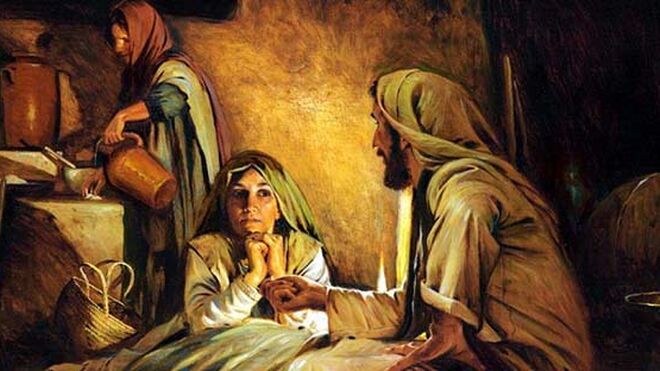
In the Gospels we find news about Martha of Bethany, a town a few kilometers from Jerusalem. Sister of Lazarus and Mary, her features are those of a diligent and meticulous woman, surely one of the first to believe in Jesus. She hosts him in her house several times, on his way to preach in Judea. And it is Luke’s portrait that offers more details of Martha, describing her in her daily life. Narrating one of the times when Jesus sits at the table with his friends from Bethany, the evangelist writes: «She had a sister named Mary, who sat at the Lord’s feet, listening to his word, while Martha was busy with many tasks. She came to him and said: “Lord, do you not care that my sister has left me doing all the work by myself? Tell her, then, to help me.” The Lord answered her: “Martha, Martha, you are worried and anxious about many things, but only a few are needed, or rather only one. Mary has chosen the good part, which will not be taken away from her”» (Lk 10:38-42). The Master rebukes Martha to make her understand that her praiseworthy industriousness risks making her neglect her interior life. It is a warning that makes us reflect on how important it is to nourish the spirit, and to listen to the Word of God because it is the Word of God that gives meaning to daily activity. In any case, for her loving dedication to offering her guests a comfortable rest in her house, Martha is recognized by the Church as a model of industriousness. Martha and Mary are respectively examples of action and contemplation, of active life and prayer, two aspects that must not be lacking in a Christian, and that must not be in conflict, but rather complementary.
Martha’s profession of faith
Martha also left a strong testimony of faith. From her words to Jesus, who arrived four days after the death of her brother Lazarus, comes a total trust that does not waver. Martha has unlimited faith in God, even in the face of things that seem impossible to men. «When Martha heard that Jesus had come, she went out to meet him, while Mary stayed at home. Martha said to Jesus, “If you had been here, my brother would not have died. But even now, I know that whatever you ask of God, God will give you.” » This already represents an extraordinary profession of faith, but the conversation between Martha and Jesus continues. And from this simple woman from Bethany, we learn what it means to believe in Jesus Christ. «Jesus said to her, “Your brother will rise again.” Martha replied, “I know that he will rise again on the last day, in the resurrection.” Jesus answered her, “I am the resurrection and the life. Whoever believes in me, though he died, yet shall he live; and everyone who lives and believes in me will never die. Do you believe this?” She said to him, “Yes, Lord, I believe that you are the Christ, the Son of God, who was to come into the world”»(Jn 11:20-27). This is the essence of Christianity. In her response, Martha condenses all her faith, which is also the faith of every believer. A short response in which every Christian finds his purpose in life.
The origins of the liturgical memory
Tradition tells us that after the first persecutions against Christians, Martha, Mary and Lazarus, and other disciples who followed Jesus, left their land and went to Saintes-Maries-de-la-Mer, in Provence, where they brought the Christian creed. It was the Franciscans, in 1262, who were the first to celebrate Saint Martha on July 29, eight days after the feast of Saint Mary Magdalene. In Bethany, now called El-Azariyeh (the place of Lazarus), there is still the tomb of Lazarus and a sanctuary built on some Byzantine and Crusader remains, which in turn guard other pre-existing sites. Martha’s house was probably located here. The Greek cross church of the sanctuary is covered with mosaics depicting the Gospel episodes in which Martha, Mary and Lazarus are the protagonists.
Related
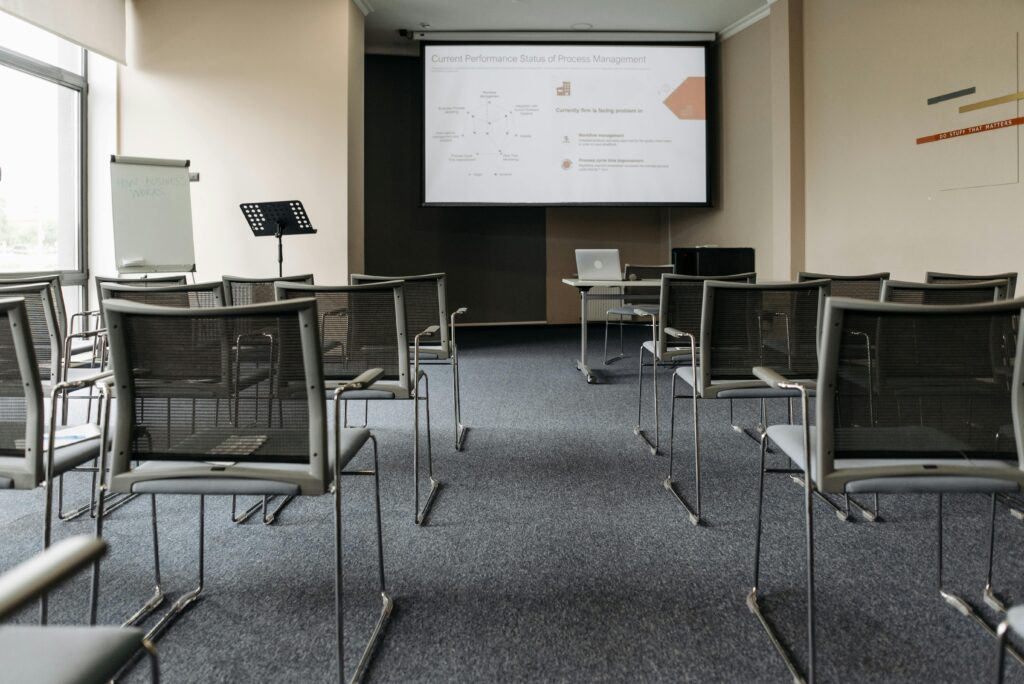
The Perspectivas del Trabajo Foundation is founded with the aim of promoting virtues for professional development
Exaudi Staff
25 April, 2025
2 min
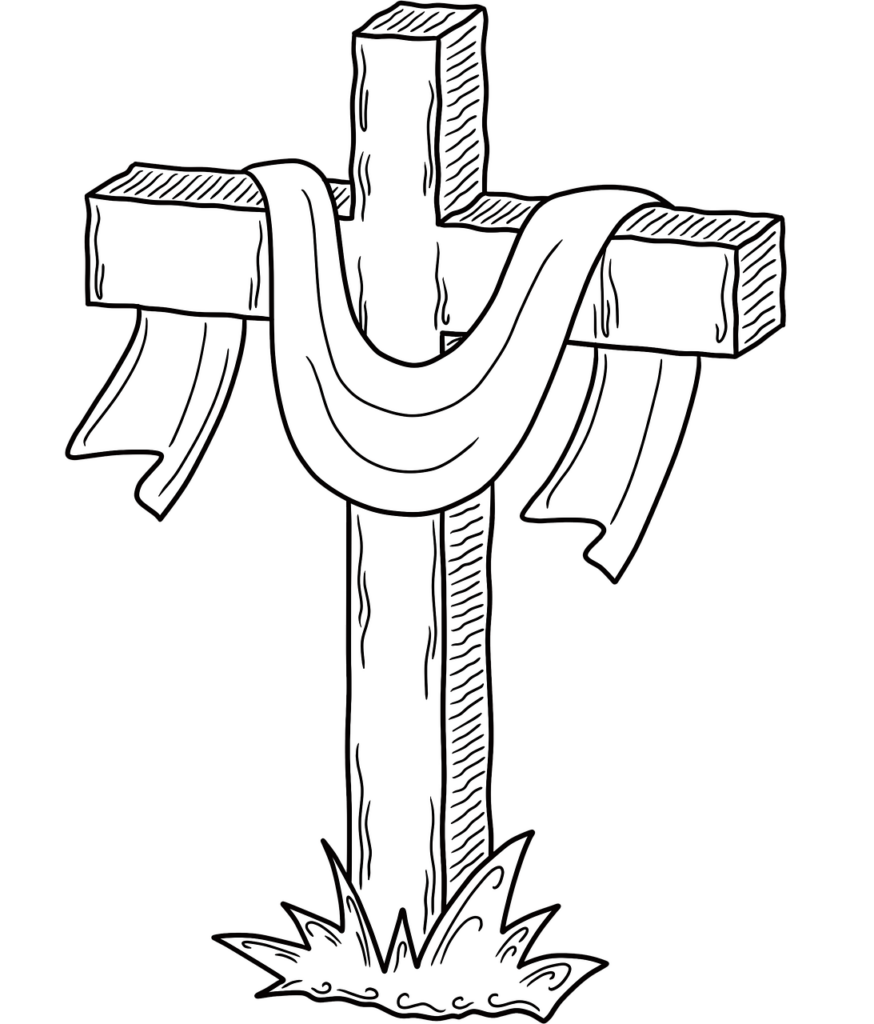
Reflection by Bishop Enrique Díaz: Alleluia, alleluia
Enrique Díaz
20 April, 2025
5 min
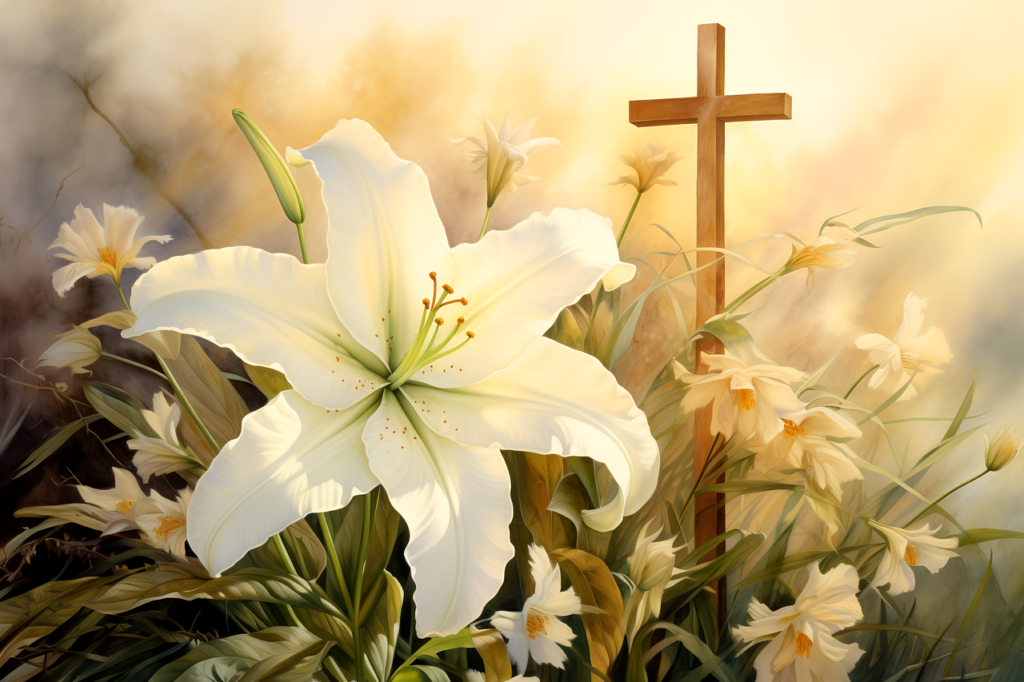
Christ is Risen! Alleluia! Commentary by Fr. Jorge Miró
Jorge Miró
20 April, 2025
3 min
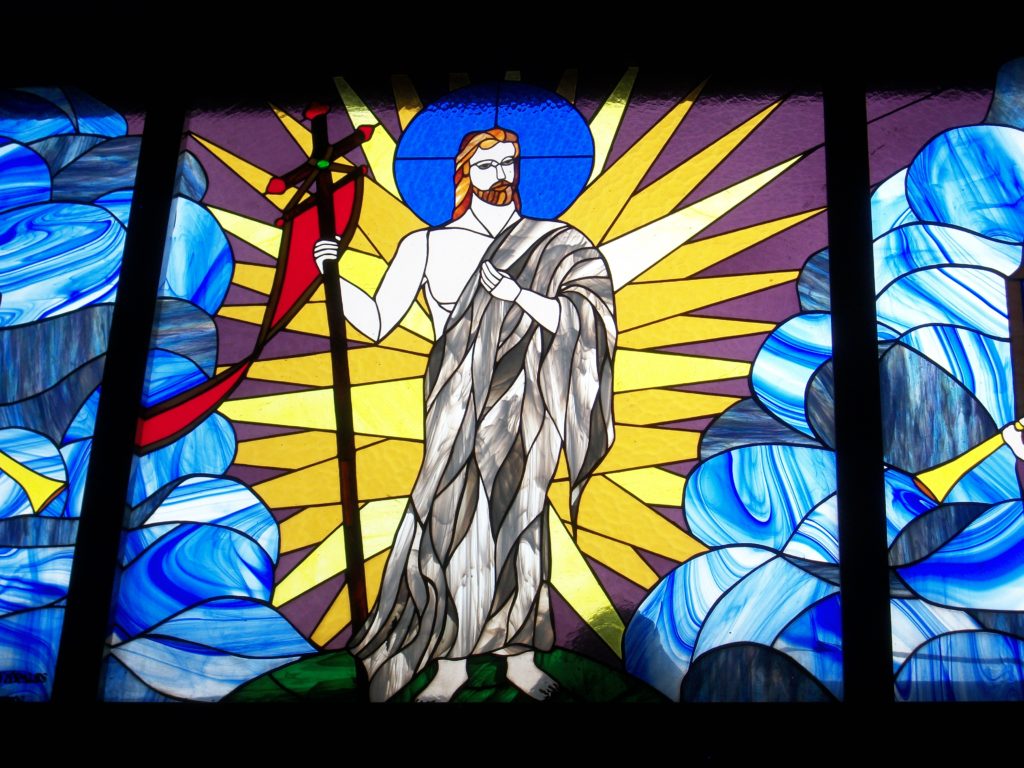
Easter: Mystery of Freedom
Carlos J. Gallardo
20 April, 2025
5 min
 (EN)
(EN)
 (ES)
(ES)
 (IT)
(IT)

